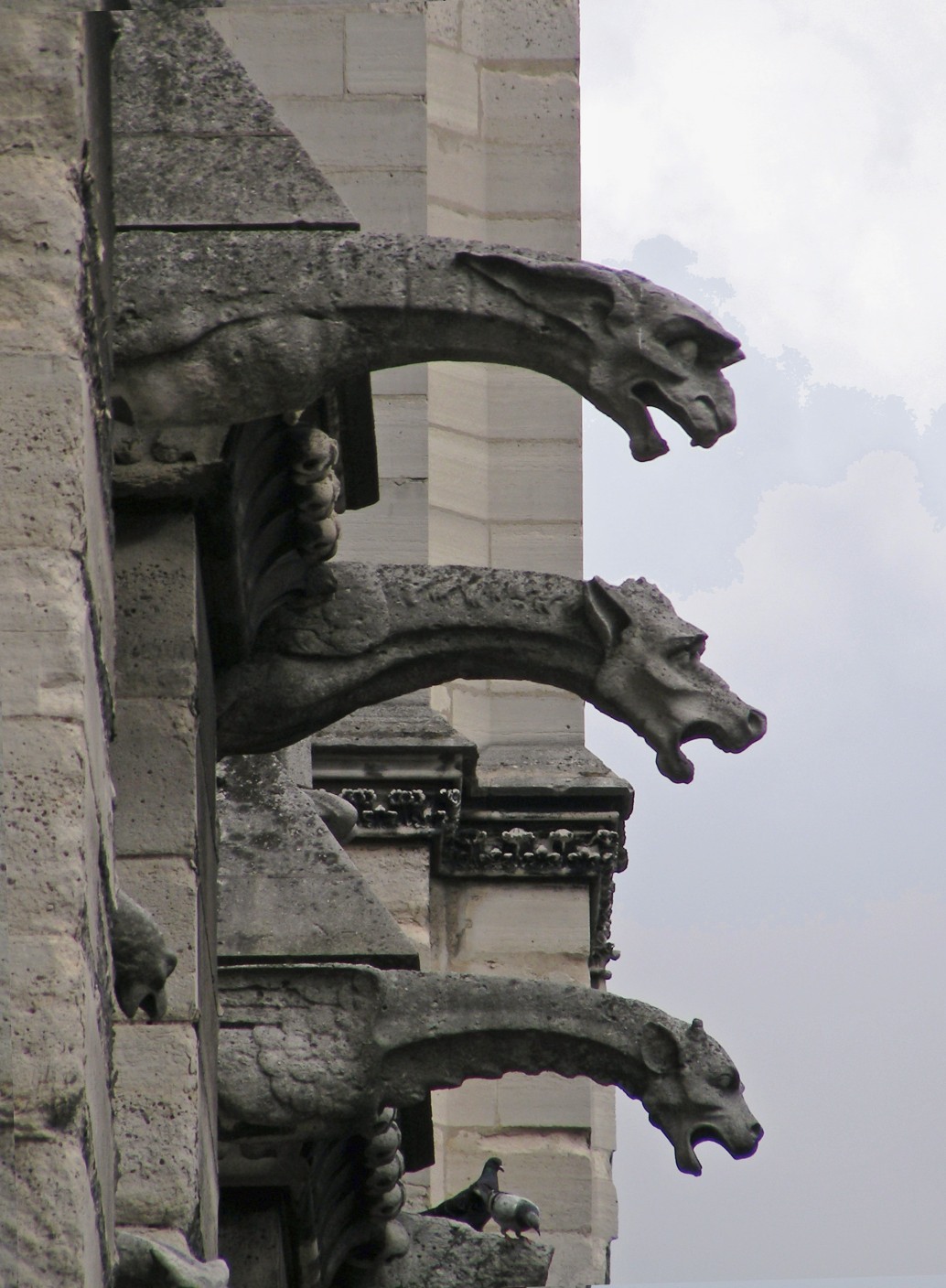
Psychopathology as Spiritual Aberration
I begin my identification and analysis of the four assumptive worlds by going back in time (the first millennium CE) to a Western European world in which there were many competing perspectives on how the world was created and governed. Different Gods and monarchs reigned supreme in specific regions of Europe. What was not reigning supreme were the many diseases that afflicted those living during these centuries. A wide variety of medical procedures were being applied, based on many faulty notions (from our current perspective) about the functioning of the human body and the etiology on disease. The most elusive of these maladies were the psychopathologies – the “madness” – that afflicted many people, regardless of their social status. Kings went “mad” as did peasants. Women were afflicted with “hysteria” (the wandering of the womb). Men and women were found to be incurably irrational in their reasoning and behavior.
As is currently the case, members of European societies from the first years of Roman rule through the Medieval centuries struggled to find reasons for these psychopathic manifestations. For those seeking to understand and treat these maladies, psychopathy was truly a mystery—and a mystery that must be solved (the management of anxiety). Furthermore, this was a mystery to be not only solved but also addressed by those who were in charge (the management of power). What then, was the solution that would eliminate (or at least reduce) the collective anxiety associated with “madness”? In order to answer this question, we must recognize once again that anxiety and power are often interwoven: the solution to a collective mystery is usually formulated, as a social construct, by those who sit at the table of power in a specific society.
Throughout most of the first 16 centuries (CE) of European society, these sitting at the table were primarily affiliated with a formal religious institution (initially the Roman Catholic Church and later the Eastern Orthodox Church and the many Protestant churches). Given this affiliation, it is not surprising that the mystery of psychopathy was solved, and treatment initiated based on the assumption that there must be some evil force that is creating the mental/emotional problem. It is an external force over which medicine or other healing agencies have no power. A theological paradigm soon spawned a series of religious models and church-based practices.
In seeking to better understand the nature of this first assumptive world, I turn to the wisdom offered many years ago by Gregory Zilboorg (1941) in his penetrating History of Medical Psychology. Zilboorg proposed that the answer to psychopathy in most European societies for many centuries was to be found in the Christian concept of original sin. To quote Zilboorg (1941, p. 97),” the very existence of man as man was thought to be due to an original moral fall, an original sin. The goal became salvation—personal mystic salvation [not psychological or medical cure]”
Given this fundamental assumption, there were three fundamental versions of how original sin and evil forces brought about psychopathy. I will briefly describe each of these reasons and continue to rely on the insights offered by Zilboorg.
Reason for Psychopathy I: Victim [innocent recipient of evil intervention]
In the ancient (BCE) world of Europe (particularly in Greece) there was a broadly humanistic view regarding psychopathy: the emotional struggles confronted by individuals were viewed scientifically and philosophically from the perspective of life challenges being faced by all human beings. Zilboorg traces the death of these humanistic notions to the ascendency of Christianity in most European societies. He notes that with this ascendency came the emergence of a theology of psychopathy that was founded on notions of temptation, evil and fallen man:
Man was thus lost as an individual, and lost he was despite the fact that traditional theology endowed him with an absolutely free will. Suspended between the devil and eternity, man seemed to have nothing left to him but to struggle constantly against temptation and as consistently to rap at the door of the beyond” (Zilboorg, 1941, pp. 110-111)
There was no longer room for science and a constellation of religious images regarding psychopathy emerges. I turn once again to Zilboorg: “from a thing of many good and evil spirits, mental disease gradually evolved into a thing of the spirit, of the soul and became insulated against any possible invasion by the inquiring scientist” (Zilboorg, 1941, p 23) A primary culprit emerges: the devil. This evil entity was not only very powerful. The devil was also quite clever and implemented six different strategies to injure humanity [Zilboorg, 1941, p 158]:
(1) encouraging evil love in a man for a woman or in a woman for a man,
(2) planting hatred or jealousy in anyone,
(3) bewitching humans so that a man cannot perform the genital act with a woman or conversely a woman with a man or by various means to procure an abortion,
(4) causing some disease in any of the human organs,
(5) taking away life, and
(6) depriving humans of reason.
It is the last of these six reasons that became a fundamental tenant of the church-based assessment of psychopathy.







